
Why Is Infrared (IR) Important When Growing Indoors ?
- Home
- Why Is Infrared (IR) Important When Growing Indoors ?
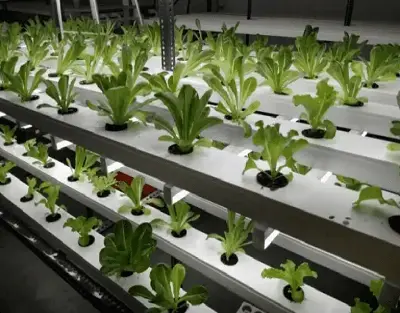
Why Is Infrared (IR) Important When Growing Indoors ?
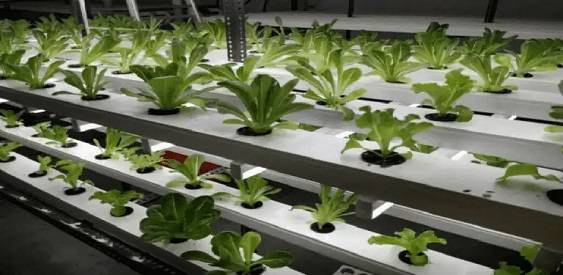
You should always use an LED grow light that includes the infrared spectrum (IR) when growing indoors.
Robert Emerson performed a series of experiments in 1957 in order to determine what wavelengths are most efficient for promoting photosynthesis. What he found was very significant, especially in regards to indoor growing and the use of LED grow lights and the inclusion of infrared lighting. He noticed that at 680+nm photosynthesis dramatically decreased. Which was odd considering chlorophyll absorbs light well above the 680nm range. He referred to this as the “red drop effect”. Because of this discovery, Emerson went on to conduct additional experiments involving the relationship between red light (below 680 nm), far red light (above 680 nm), and photosynthesis. These experiments led him to the following observations
- When plants are exposed to light having wavelength greater than 680 nm, then only one photosystem is activated.
- When plants are exposed to light having wavelength less than 680 nm, the rate of photosynthesis was very low.
- On giving both shorter and higher wavelengths of light, the efficiency of the process increased, because both photosystems were working together at the same time, resulting in higher yield.
THE EMERSON : Infrared light has been studied for its effects on plant biology (we’ve covered some of the specifics of photomorphogenesis on our blog). In 1957, Robert Emerson discovered that light on the far end of the spectrum, infrared light, boosted photosynthesis when combined with other wavelengths. Emerson’s primary observations included:
- There are two chemical procedures that contribute to photosynthesis, known as PS1 and PS2.
- These processes are hastened, and are more efficient, when the plant is exposed to blue and red light in combination with far-red and infrared light. On the other hand, the processes are stalled when these wavelengths are absent.
- The plant protein phytochrome absorbs red, far-red and infrared wavelengths; this protein is responsible for regulating flowering.
Modern cannabis professionals have taken Emerson’s studies and applied it to their own grow, finding that infrared light can also result in strong stem growth, proper node placement and boosting flower yields. Current research has built on Emerson’s results, fine-tuning our understanding of these complex plant processes. Today, cultivators understand that there are two types of phytochrome (the plant protein that regulates flowering). There’s Pr, which is sensitive to red light (660nm). The other type, Pfr, is sensitive to infrared light, (730nm). When Pfr is exposed to infrared light, it converts into Pr. Since we know phytochrome plays a pivotal role in flowering, we can assume Pf and Pfr receptors could be vital to releasing a hormone called florigen, which triggers flowering. However, the scientific research into this hormone is still in its infancy. Too much infrared light can be detrimental to plants, but when it’s combined with other wavelengths and used in moderation, it can deliver serious benefits.
- Blog Categories
- Basic of Artificial Lighting for Plants
- Basic of grow Light
- Case Studies
- General Awareness
- Indoor Vertical Farming
- Medical Plant Research
- Online Tool
- Pitch Grow Light
- Plant Lighting Measurement
- Speed Breeding
- Supplemental Lighting
- Tissue Culture Grow Lights
- Vertical Green Wall
- LED Grow Lights
- Pharma Segment
- General
Popular Products
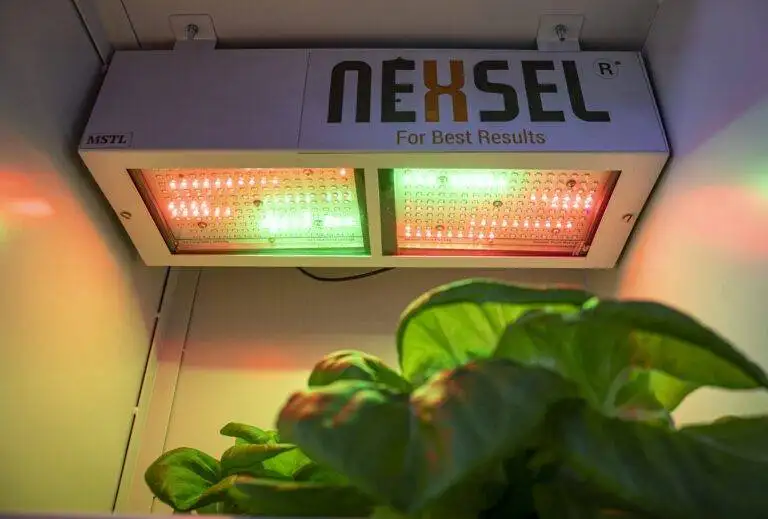
Enquire Now
Quick Link
Other Links
Design & Developed By VBTEK



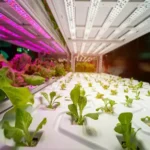
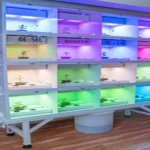
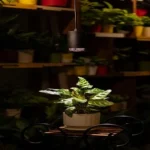
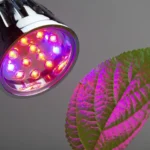
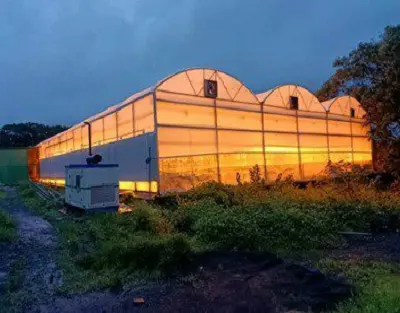
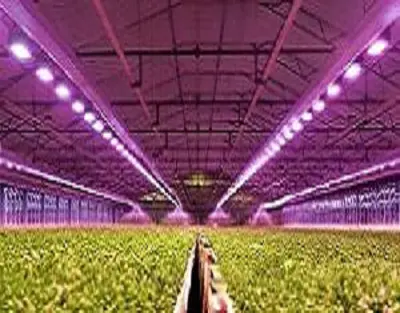
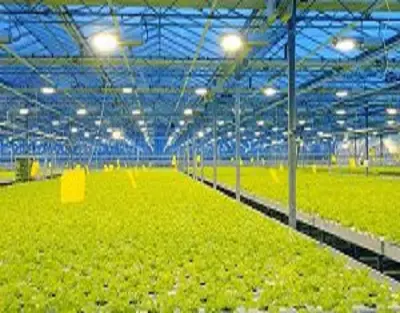
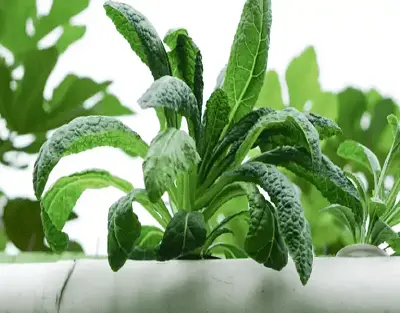
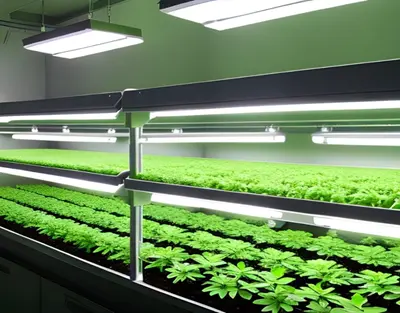
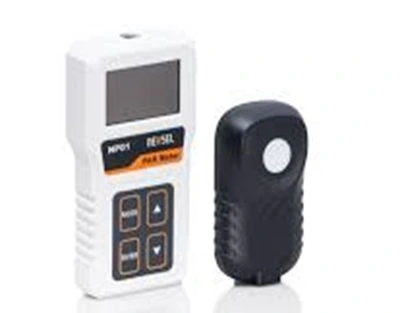
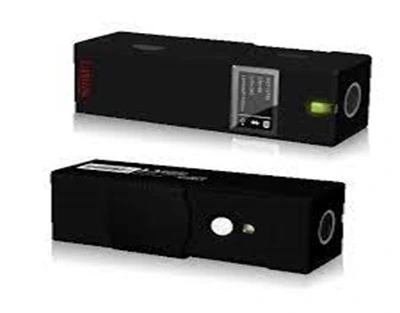
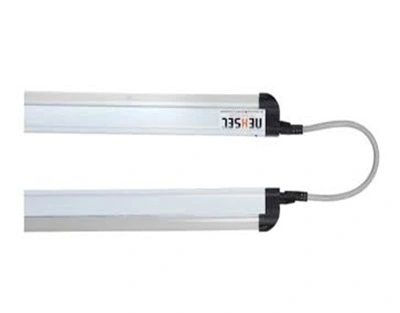
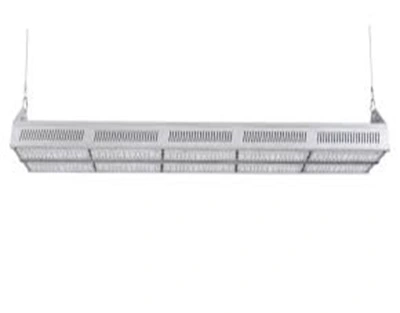
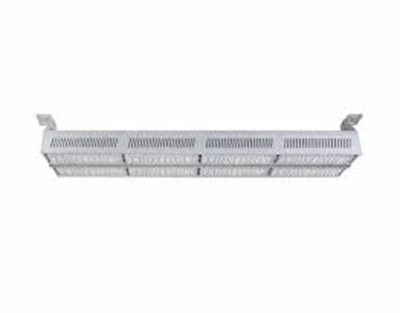
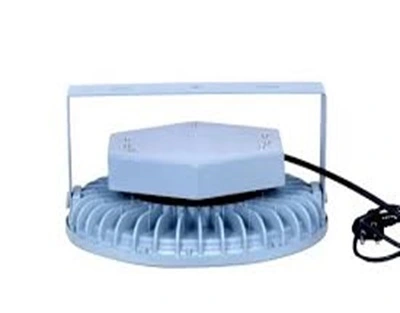
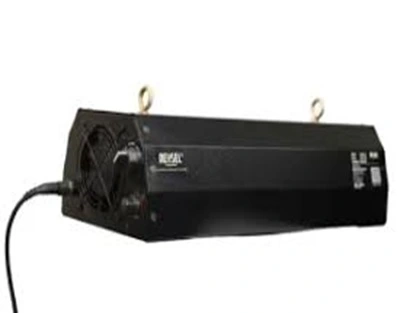
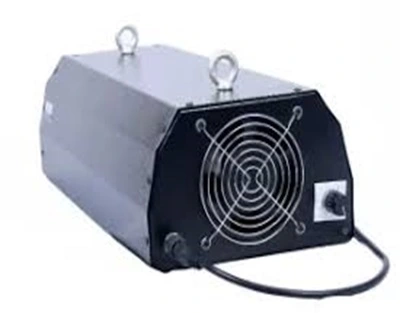
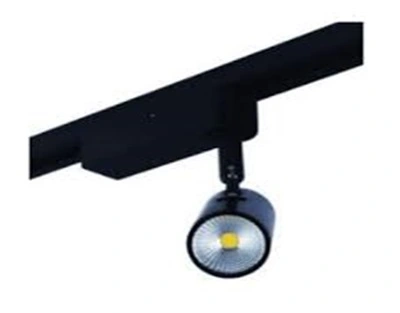
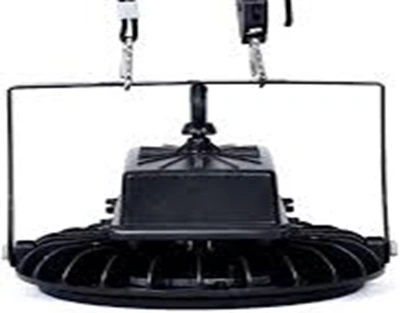
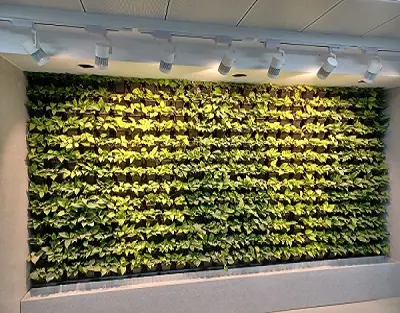
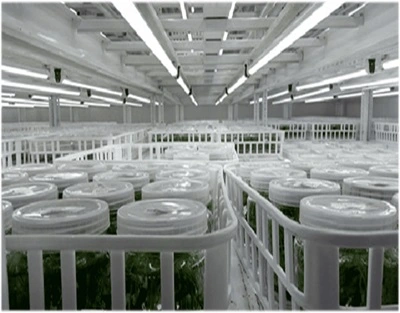
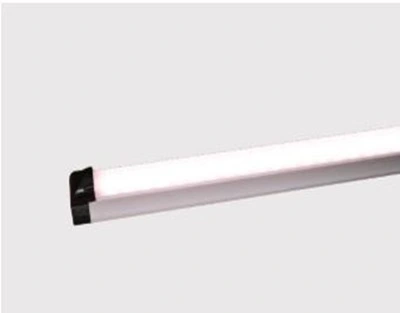
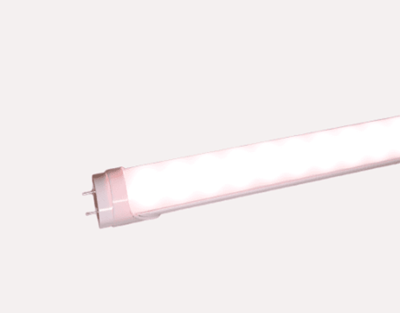
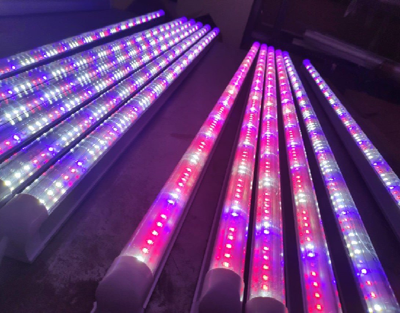
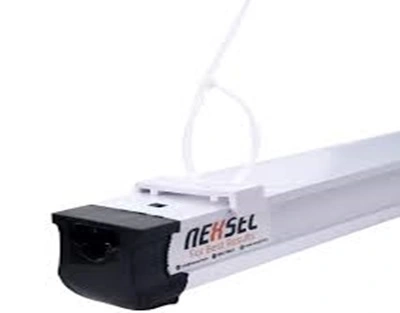
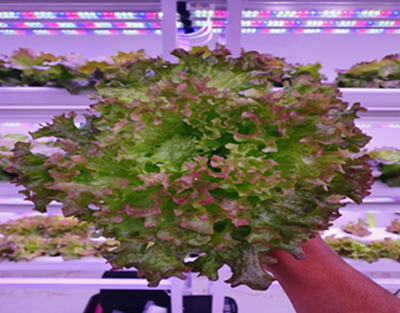
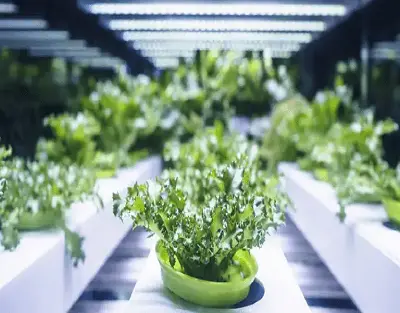
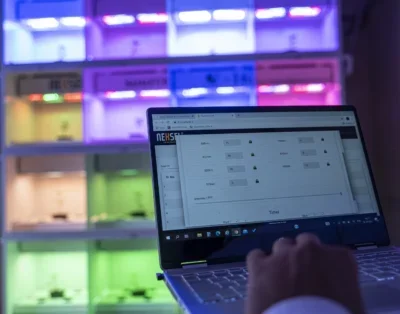


Leave A Comment